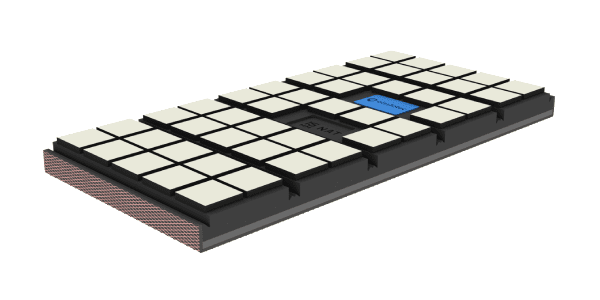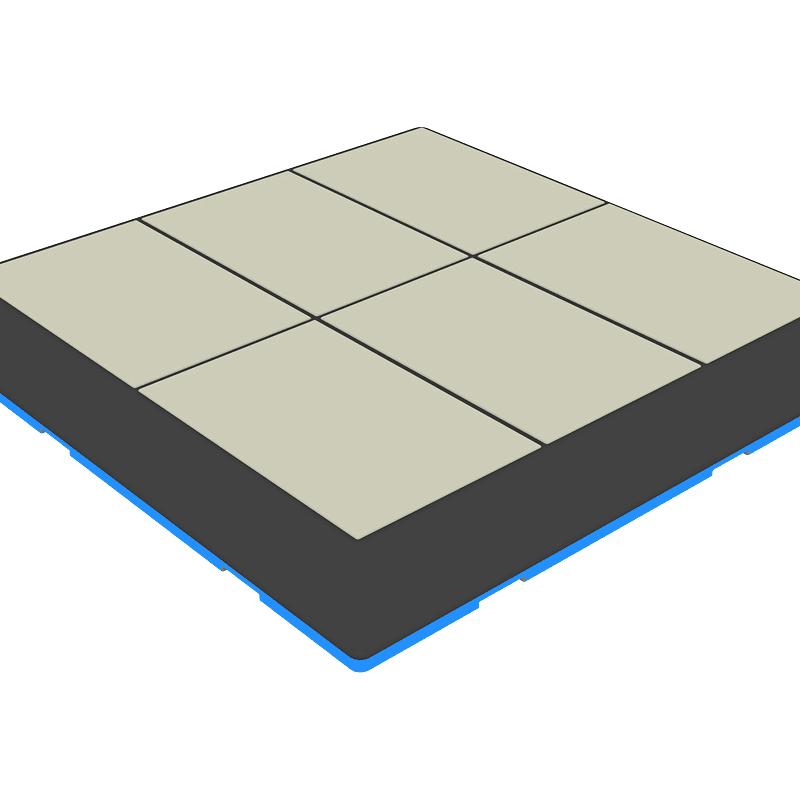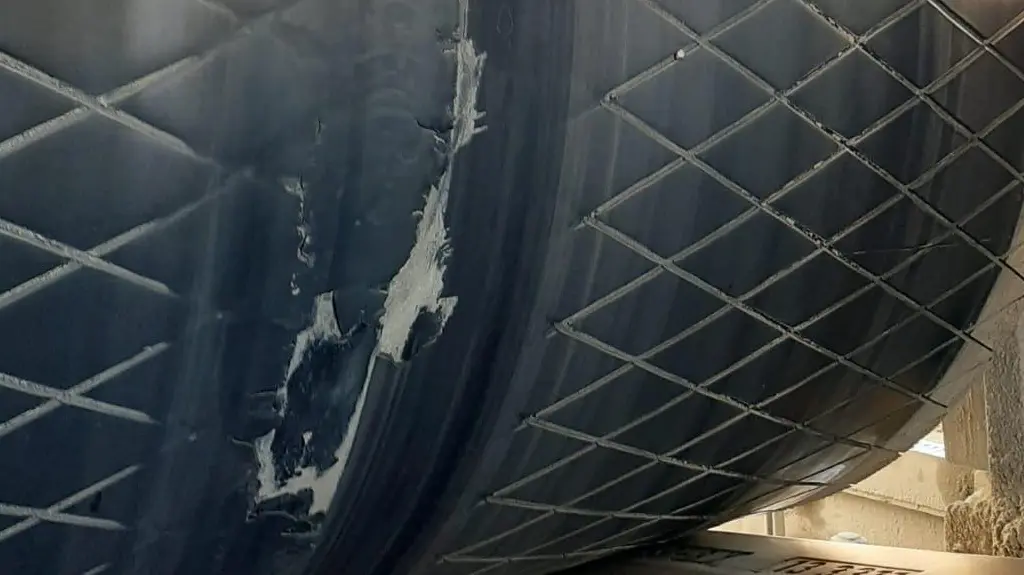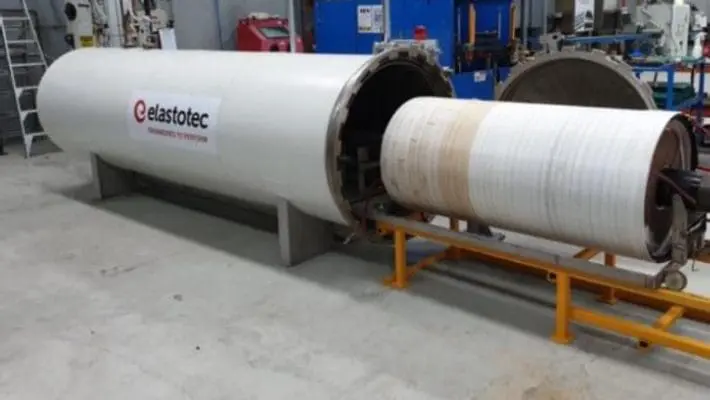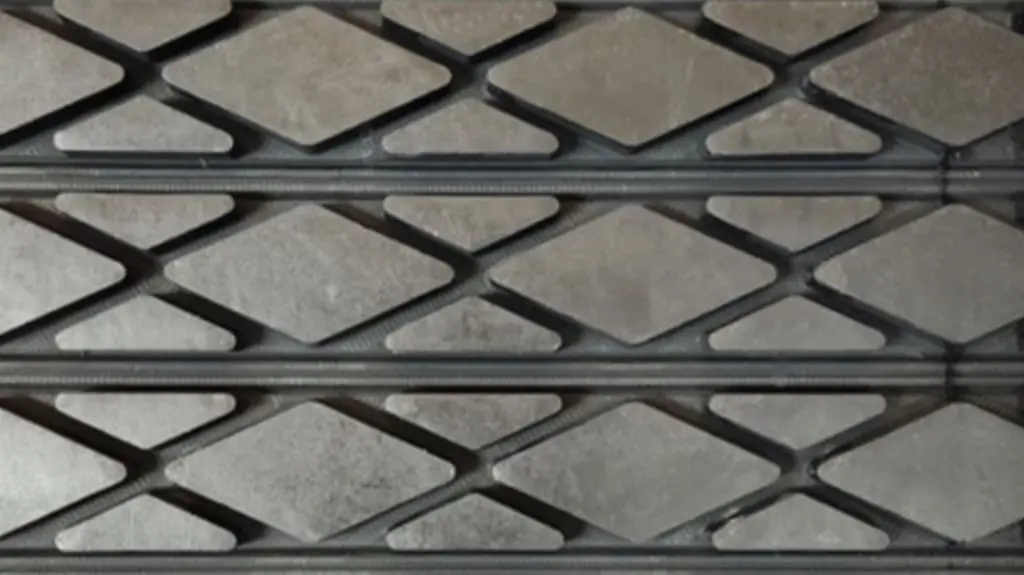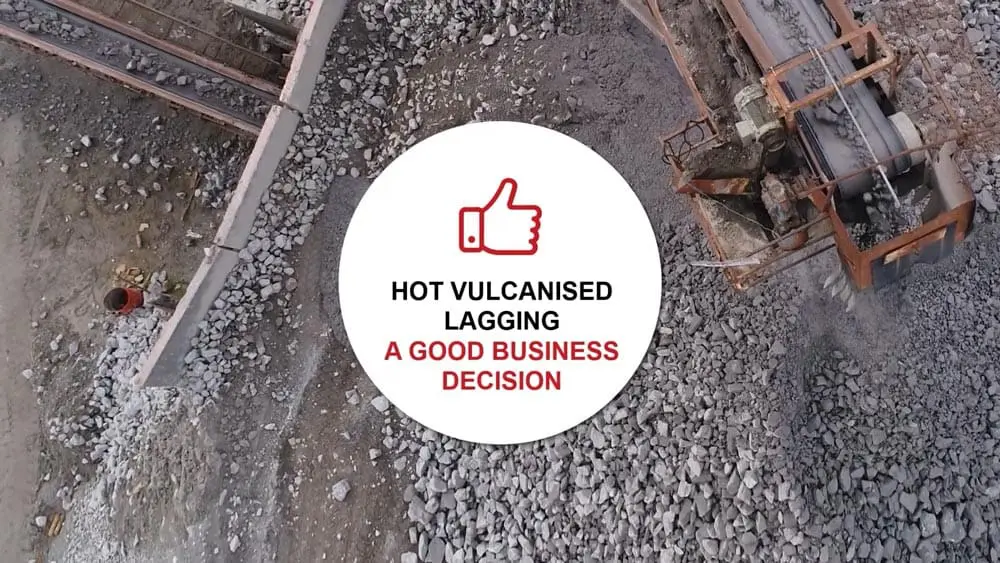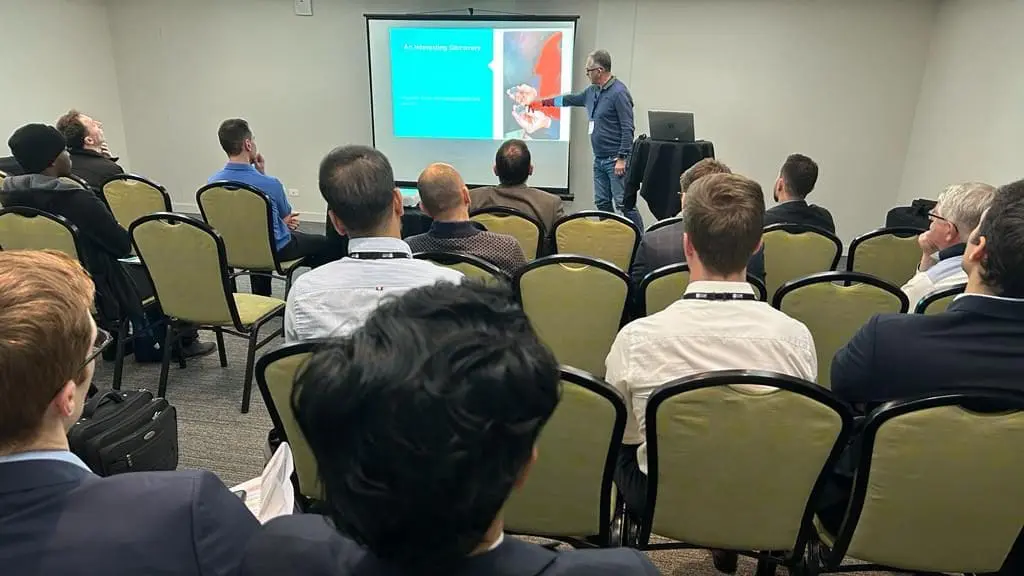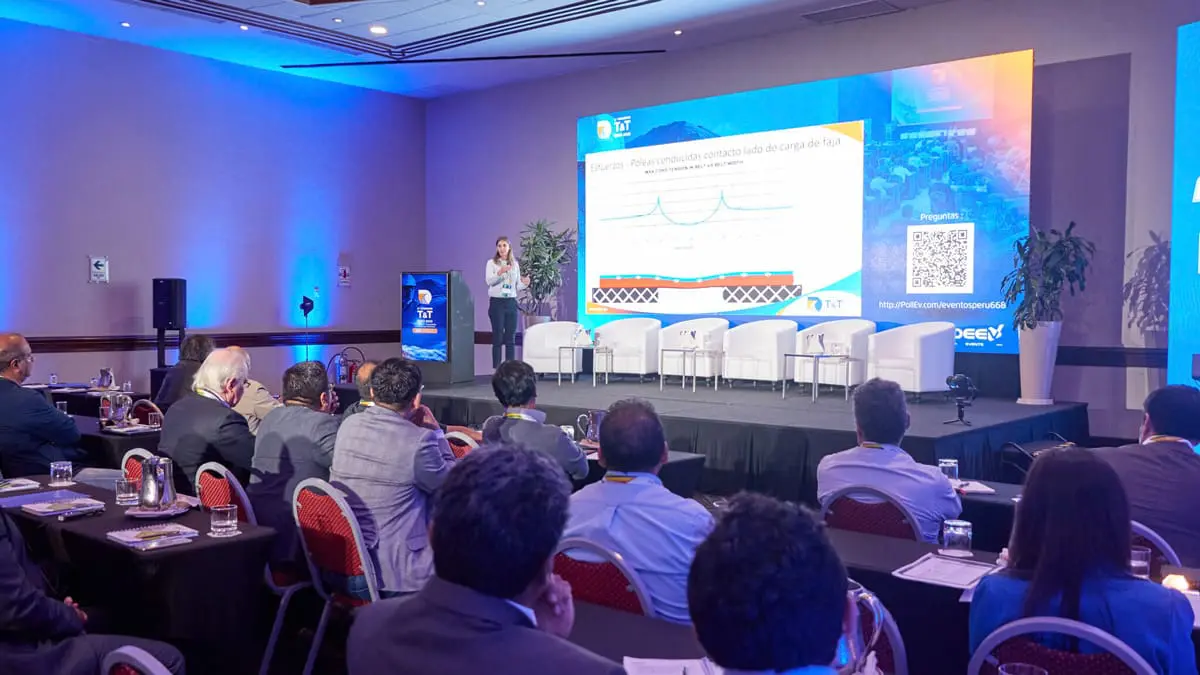


- Pulley Lagging
- QUICK LINKS
- Lagging Types Overview
- Product overview
- Lagging Select – Analysis Tool
- Lagging Analyst
- Pulley Lagging Specifications
- NAT v’s FRAS Overview
- Hot v’s Cold Bonding
- Large Lagging Rolls
- Pulley Lagging News
- Pulley Lagging Case Studies
- Storage Recommendations
- Material Safety Data Sheets
- Installations & Applicators
- Wear Panels
- About Us
- Case Studies
- LATEST CASE STUDIES & TECHNICAL PAPERS
- Technical Papers
- Technical Papers
- News
- LATEST NEWS
- MATERIAL SAFETY DATA SHEET
- MSDS Cold Bond Adhesive
- MSDS Cold Bond Adhesive Hardener
- MSDS Metal Primer 2205
- MSDS Metal Primer 2207
- MSDS Direct Bond Adhesive – Part A
- MSDS Direct Bond Adhesive – Part B
- MSDS Hot Vulcanised Brushing Cement
- MSDS Hot Vulcanised Lagging Adhesive
- MSDS High Temperature Direct Bond Adhesive Resin
- MSDS High Temperature Direct Bond Adhesive Hardener
- Elastotec Dangerous Goods Packing Details
- MATERIAL SAFETY DATA SHEET
- Partner Login
- APPLICATION
- Cold Bonded Lagging Application Procedure Steps
- Cold Bonded Ceramic Lagging Checklist
- Hot Vulcanised Application Procedure Steps
- Hot Vulcanised Ceramic Lagging Checklist
- Direct Bond Ceramic Pulley Lagging Application Procedure
- Direct Bond Ceramic Pulley Lagging Rolls <300mm
- Direct Bond Ceramic Lagging Checklist
- APPLICATION
- Contact



- Pulley Lagging
- QUICK LINKS
- Lagging Types Overview
- Product overview
- Lagging Select – Analysis Tool
- Lagging Analyst
- Pulley Lagging Specifications
- NAT v’s FRAS Overview
- Hot v’s Cold Bonding
- Large Lagging Rolls
- Pulley Lagging News
- Pulley Lagging Case Studies
- Storage Recommendations
- Material Safety Data Sheets
- Installations & Applicators
- Wear Panels
- About Us
- Case Studies
- LATEST CASE STUDIES & TECHNICAL PAPERS
- Technical Papers
- Technical Papers
- News
- LATEST NEWS
- MATERIAL SAFETY DATA SHEET
- MSDS Cold Bond Adhesive
- MSDS Cold Bond Adhesive Hardener
- MSDS Metal Primer 2205
- MSDS Metal Primer 2207
- MSDS Direct Bond Adhesive – Part A
- MSDS Direct Bond Adhesive – Part B
- MSDS Hot Vulcanised Brushing Cement
- MSDS Hot Vulcanised Lagging Adhesive
- MSDS High Temperature Direct Bond Adhesive Resin
- MSDS High Temperature Direct Bond Adhesive Hardener
- Elastotec Dangerous Goods Packing Details
- MATERIAL SAFETY DATA SHEET
- Partner Login
- APPLICATION
- Cold Bonded Lagging Application Procedure Steps
- Cold Bonded Ceramic Lagging Checklist
- Hot Vulcanised Application Procedure Steps
- Hot Vulcanised Ceramic Lagging Checklist
- Direct Bond Ceramic Pulley Lagging Application Procedure
- Direct Bond Ceramic Pulley Lagging Rolls <300mm
- Direct Bond Ceramic Lagging Checklist
- APPLICATION
- Contact

Pulleys in contact with carry side of belt
Contents

Pulleys in contact with the carry side of the belt: Main challenges
Pulleys in contact with the carry side (dirty) of the belt have a different challenge to all other pulleys on the conveyors. Lagging on these pulleys is in contact with the thick belt cover and have:
- The wear profile continuously changing.
- Risk of material build up due to being in contact with the carry side.
These two aspects of the operating conditions have an impact on pulley lagging and belt splices and cords service life.

Belt top cover wear: Impact on lagging service life
When a conveyor belt is new the belt cover profile is uniform as there is no wear of the belt cover. When both lagging profile and be belt carry cover profile are even, all the cords are aliened across the pulley face width. All the cords have the same path length (same diameter to go around).
When the conveyor belt is further into its life and the belt cover profile starts to show signs of wear in the central section due to the carrying of material, when the belt reaches the pulley, the cords are not aligned. The cords in the center are closer to the pulley shell than the cords on the outside section. This cord displacement makes the cords in the center have a shorter path than the cords on the outside. Cords on the outside will try to go quicker than the ones in the center applying a torsion effect on the lagging and shearing it.



This uneven cord alignment introduces difference in tension which induces shear stresses at the interface. These induced stresses increase exponentially with belt cover wear. The more cord displacement, the more torsion and shear stress. These forces, when combined with cyclic loading and unloading with each pulley rotation, can cause substantial damage to the pulley lagging.

The damage that the lagging experiences is worse when dealing with high tension applications and large arc of contacts. In these cases, the forces are significant, and the damage happens quickly. This makes High tension bend pulleys the most demanding application for pulley lagging.
Increased wear rate is due to belt slip on the lagging due to the speed differential from the edge to the center of the belt.

When the stresses are above what the lagging installed can tolerate, damage is observed.
For rubber lagging, the damage is seen as excessive wear in a band around the center of the pulley, and for hot vulcanized rubber lagging made from plied sheets of uncured rubber, delamination between the plies can also occur . Cold bonded lagging should not be used on High Tension Bend Pulleys because of the high risk of the lagging debonding from the pulley shell.
For rubber backed ceramic lagging the damage is seen as tiles torn out of the rubber backing in a central band around the pulley. The damage aligns with the contact area where there is maximum belt cover wear.
Lagging damage and service life is directly related to belt cover wear profile. When operating in contact with worn belt cover, lagging exponentially reduces the service life compared to the same lagging type operating with a new belt.
High Tension bend pulleys, when operating from project might have a long service life as they operate most of their lives in contact with an even belt cover. When Belt start having a wear profile, the lagging starts showing signs of damage and is replaced. The replacement lagging will not last the same as is now operating with a worn belt. This scenario in many cases make the operation of the mine blame the quality of the lagging when in fact, it can be the same quality lagging but now exposed to a work belt inducing extra stresses.
This torsion and slip effect the pulley lagging sees, can also affect the belt. This slip can wear the belt cover but the wear is not significant as:
- the belt cover suffering is the carry cover which already suffers wear from carrying the material
- each section of the belt is only in contact with these pulleys for a very short period (while the pulley is constantly exposed).


Lagging service life reduction with belt cover wear
CONVEYOR BELT WEAR VS LAGGING LIFE PERFORMANCE

Example of High-Tension bend pulley lagging wear

Below, an example of belt top cover wear profile affecting lagging on pulley in contact with this cover.


Belt top cover wear: Impact on belt cords and splices
An additional issue that is currently being investigated is the effect of this high localized shear forces on the belt splices. There is growing evidence that many belt splices do not last their full design life.
X Ray investigation of belt splices that have failed before reaching their design life, in many cases shows the point of failure aligned with the area of maximum shear stress in the edge of the belt cover wear profile.

The belt wear acts as a stress multiplier on the cords.

If the belt cord is exposed to stress above the fatigue limit of the splice, premature splice failures occur

Below an example of belt wear affecting belt cords


New belt operating on pulleys with uneven wear profiles lagging: Impact on belt cords and splices
These pulleys end up operating with lagging with an uneven wear profile. The same way the belt cover wear produces cord misalignment that can damage the lagging and splices, this lagging wear profile produces the same effect on the belt cords. Even when belt is changed for a new one, if the lagging is not replaced and maintains the uneven profile, Belt cords suffer from the stress multiplier effect.

Risk of material build up due to being in contact with the carry side
Pulleys in contact with carry side of the belt, and moreover, when they are right after the head pulley, are exposed to carryback material. Material on the carry side that doesn’t leave the conveyor, and is not cleaned from the belt, is carried into the belt/lagging interface. When the lagging installed on these pulleys is too stiff, there is a risk of belt damage due to:
- rocks trapped at the interface pushed against the belt pushing cords to the return side.
- material build up due to lack of compression and expansion of the lagging shedding the material with every rotation



Lagging solutions for pulleys in contact with the carry side
These pulleys have different challenges depending on the stage of the belt life. During the first years of the belt life, the challenges are mainly belting damage due to material carry back. During the last years of the belt life added to the carry back challenge, the belt cover wear introduces a torsion effect on pulley lagging and a stress multiplier on belt cords.

First years of belt life
- Aligned belt cords
- Even tension distribution
- Carryback risk damaging belt

Last years of belt life
- Cords misaligned
- Uneven tensión distribution
- Carryback risk damaging belt
- Torsion effect on lagging
- Overtension on cords/splices
due to cords displacment - Overtension on cords/splices
due to carryback

Lagging types for first years of belt life
Extreme Abrasion Rubber
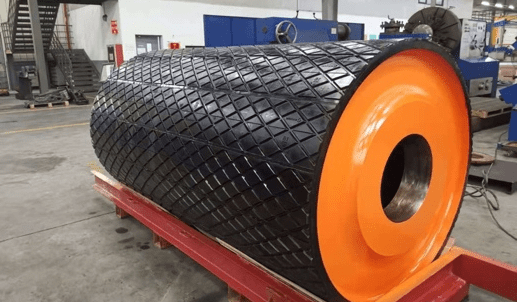
- 3 to 5 times more abrasion resistant than belt cover
- Flexible: compression and expansion of lagging in every cycle prevents build up reducing risk of belt damage
- Flexible. Shared load between belt and lagging when material trapped at interface reducing the risk of belt damage
Rubber Backed Ceramic

- 10 times more abrasion resistant than belt cover
- Flexible: compression and expansion of lagging in every cycle prevents build up reducing risk of belt damage
- Flexible. Shared load between belt and lagging when material trapped at interface reducing the risk of belt damage
- Best recommendation
Hot Cast Polyurethane

- 3 to 5 times more abrasion resistant than belt cover
- Non-stick lagging material: prevents build up reducing risk of belt damage
- Stiff. Material trapped pushed against the belt with risk of belt damage.
Lagging types for last years of belt life
Extreme Abrasion Rubber

Only suitable for applications with tensions <1000N as, on belts with higher tensions, the cord displacement introduces stresses that might fatigue the lagging
Rubber Backed Ceramic

- 10 times more abrasion resistant than belt cover
- Flexible: compression and expansion of lagging in every cycle prevents build up reducing risk of belt damage
- Flexible. Shared load between belt and lagging when material trapped at interface reducing the risk of belt damage
- Recommended for applications <1500N as, on belts with higher tensions, the cord displacement introduces stresses that might fatigue the lagging
Direct bond smooth ceramic

- 10 times more abrasion resistant than belt cover
- Stiff: no compression and expansion. Risk of material build tup that can damage the belt.
- Stiff. Stress from material trapped at interface pushed against the belt. High risk of belt damage is pulley not regularly cleaned.
- Recommended for applications >1500N. Lagging can tolerate the high stresses induced
Hot Cast Polyurethane

- (Information not available)









